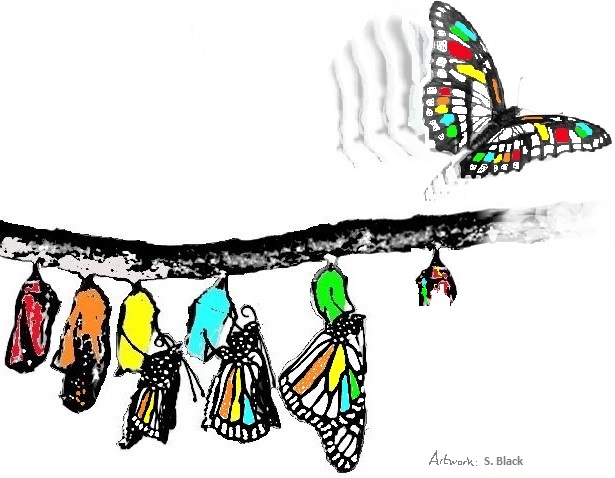
Henry Winkler, actor and author
A while ago, my colleagues and I gave a presentation about how university administrators are perceived. The presentation resulted from our concerns about the negative perception of the role of the university administrators, particularly as inferred by members of academic staff.
One concern is that, by raising the issue, we could potentially create wider divisions with academic colleagues. That is far from our intention. On the contrary, we are all part of a greater team with many different facets.
Rather than just moan about how we are perceived, we want to actively engage in repositioning the value of our work in the eyes of all staff and students.
In the context of the discussion of ‘inclusive culture’, and specifically professional academics and professional administrators, how are we perceived? If the person reading these lines is an academic they would think of their own perception. Conversely, if an administrator reads these lines they would think of their own perception. From our point of view as administrators, there is an equality between academics and administrative staff regarding professionalism. Indeed, as my colleague, Catherine Butler, pointed out in her recent blog: ‘As professional university administrators, we provide high quality professional services, we have developed an appreciation of academic culture, are sensitive to the needs of a variety of diverse clients, accept responsibility for our actions and share expertise and good practice. As such, the crucial role we play is integral to the strategic success of the University of Kent.’
It appears, however, this inclusive perception is not widespread. Let me give you a couple of examples from my experience of working in higher education administration over the last fifteen years. A senior academic member of staff once told me: ‘unlike you, I never stop thinking’. I found this offensive on a number of levels. Needless to say, that person was wrong. I provide a professional service and I am often preoccupied with work long after my working day, just like many of my colleagues. Was this a singular incident or could this be indicative of a widely held perception? Alas, a period of time later, I further overheard another academic member of staff referring to the recent promotion of an administrator, saying: ‘Oh, but she will always be just a glorified secretary’.
Aside from my personal interest, even ‘one-off’ examples like these hint at a more general problem with colleagues’ perceptions of administrators. Is administrative work seen as less important? Is it seen as less professional? Does the contribution of the administrator to academic work remain unseen and unheard? If so, why – what does that say about how that work is valued – and should it remain overlooked? A negative perception is problematic and needs fixing.
One output that has arisen as a result of the University’s commitment to Equality, Diversity and Inclusivity is the ‘Valuing Everyone’ programme, in which all staff, including academics, participate. ‘The Dignity at Work Policy’ further supports this ethos. I believe this is an important idea and I would like to see it promoted further. It seems that the University of Kent agrees (http://www.kent.ac.uk/hr-equalityanddiversity/pol-pro-guides/dignity.html).
In a nutshell, what Administrators want is to be treated as professionals and – to paraphrase Aretha Franklin – shown a little “R-E-S-P-E-C-T”.








